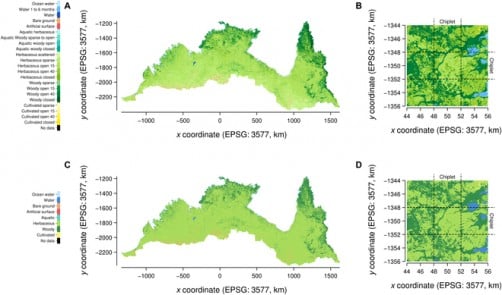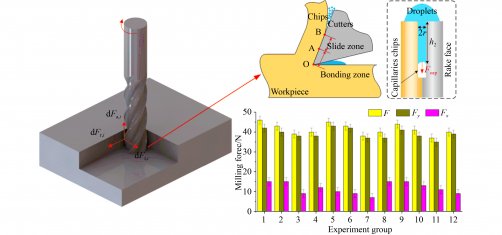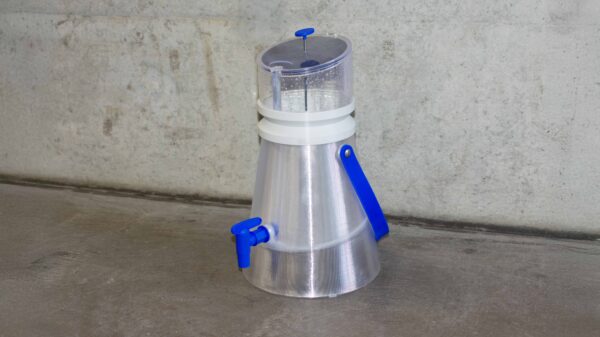The diagnostic process for diffuse midline glioma (DMG) is critical for effective treatment planning. The journey from initial imaging to final diagnosis often spans approximately two to three weeks, influenced by clinical urgency and logistical factors. With advancements in medical technology, particularly the establishment of in-house next-generation sequencing platforms, results can be delivered within 10 to 15 business days of tissue collection.
Importance of Accurate Tissue Sampling
Radiology serves as the starting point, providing essential clues about the tumor. However, accurate tissue sampling is crucial for definitive classification. Obtaining diagnostic tissue is a sensitive and complex procedure, particularly in deep or eloquent brain regions where risks, such as hemorrhage rates of 1–2% per procedure, are significant. Neurosurgeons emphasize the necessity of securing abnormal tissue during biopsies, even if a conclusive diagnosis cannot be made immediately through frozen section review. This approach minimizes the need for repeat biopsies, which can increase the risks to patients.
Surgeons are advised to prioritize obtaining adequate tissue samples in their surgical planning. Effective communication with pathologists and a comprehensive understanding of the unique challenges associated with lesions in the brainstem or internal capsule are essential. Ensuring diagnostic adequacy during the initial attempt is seen as a vital component of the multidisciplinary workflow.
Collaboration Between Specialists
The collaboration between neurosurgeons and pathologists is pivotal to achieving reliable diagnoses. Often, surgeons work alongside pathologists during the procedure to confirm the diagnostic value of the tissue and, when feasible, provide additional samples for sequencing. This close cooperation ensures that sufficient material is preserved for molecular analysis, which directly influences treatment decisions and eligibility for targeted therapies.
Without the results from molecular sequencing, oncologists face challenges in designing effective therapeutic regimens for patients diagnosed with DMG. This underscores the importance of a coordinated intraoperative strategy and timely pathology review in managing these complex tumors. As the medical community continues to refine the diagnostic timeline, the emphasis remains on improving patient outcomes through effective and precise treatment planning.

































































